DSM-5 and Transgender Information
The Diagnostic and Statistical Manual of Mental Disorders, Fifth Edition (DSM-5), published by the American Psychiatric Association, includes significant information regarding transgender individuals, primarily under the category of gender dysphoria. The DSM-5's inclusion of gender dysphoria represents a crucial step in understanding and providing care for transgender and gender nonconforming individuals. Below, we outline key aspects of how the DSM-5 addresses transgender-related issues.
Gender Dysphoria in DSM-5
Definition
Gender Dysphoria is defined in the DSM-5 as a condition characterized by significant distress or impairment related to a discrepancy between an individual's gender identity and their assigned gender at birth. This condition is distinct from merely identifying as a gender different from the one assigned at birth; the distress or impairment is a critical component of the diagnosis.
Diagnostic Criteria
The DSM-5 outlines specific diagnostic criteria for gender dysphoria, which vary slightly between children and adolescents/adults:
For Children:
A strong desire to be of the other gender or an insistence that one is the other gender (or some alternative gender different from one’s assigned gender).
A strong preference for wearing clothes typical of the opposite gender.
A strong preference for cross-gender roles in make-believe play or fantasy play.
A strong preference for toys, games, or activities stereotypically used or engaged in by the other gender.
A strong preference for playmates of the other gender.
A strong rejection of toys, games, and activities typical of one’s assigned gender.
A strong dislike of one’s sexual anatomy.
A strong desire for the primary and/or secondary sex characteristics that match one’s experienced gender.
For Adolescents and Adults:
A marked incongruence between one’s experienced/expressed gender and primary and/or secondary sex characteristics.
A strong desire to be rid of one’s primary and/or secondary sex characteristics.
A strong desire for the primary and/or secondary sex characteristics of the other gender.
A strong desire to be of the other gender (or some alternative gender different from one’s assigned gender).
A strong desire to be treated as the other gender.
A strong conviction that one has the typical feelings and reactions of the other gender.
These criteria must cause significant distress or impairment in social, occupational, or other important areas of functioning.
Changes from DSM-IV
The DSM-5 made several key changes from the previous edition (DSM-IV):
Terminology: The term "gender identity disorder" was replaced with "gender dysphoria" to reduce stigma and reflect a better understanding of the condition.
Focus on Distress: The emphasis is placed on the distress experienced by the individual rather than the identity itself being pathologized.
Separate Criteria for Children: Separate diagnostic criteria were established for children versus adolescents and adults to account for developmental differences.
Treatment Recommendations
The DSM-5 highlights the importance of a supportive approach to treatment, which may include:
Psychotherapy: To explore gender identity, address distress, and support social transition.
Hormone Therapy: To align physical characteristics with gender identity.
Surgical Interventions: For those who choose to undergo gender-affirming surgeries.
Social Support: Including family support and peer groups, which are crucial for the well-being of transgender individuals.
Importance of Affirmative Care
The DSM-5 underscores the importance of affirmative care, which involves recognizing and validating an individual's gender identity and supporting their transition in a way that is respectful and affirming. This approach helps mitigate the mental health challenges associated with gender dysphoria.
Conclusion
The DSM-5's approach to gender dysphoria represents a significant advancement in understanding and supporting transgender individuals. By focusing on the distress and impairment caused by the incongruence between gender identity and assigned gender, rather than the identity itself, the DSM-5 promotes a more compassionate and supportive framework for diagnosis and treatment.
For those seeking more information or needing support, professional consultation is available. If you’d like to discuss anything in this article with a professional, please contact us to book an appointment. We work all throughout California and are here to support you on your journey. At Moriel Mental Health, we are committed to providing the care and guidance you need.

